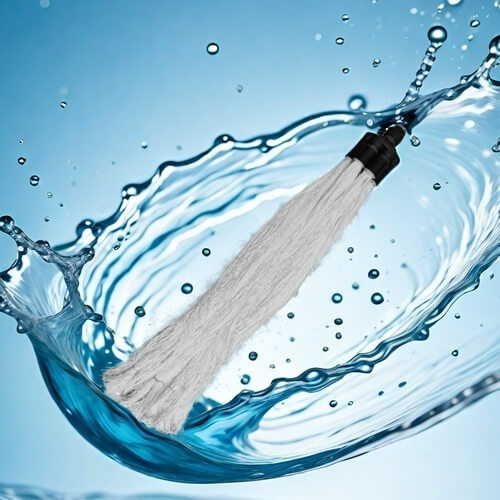What are the methods for treating coal mine wastewater?
Coal mine wastewater treatment is an important environmental protection issue. As coal mining has an increasingly significant impact on water resources, it is particularly important to develop effective wastewater treatment technology.
Characteristics of coal mine wastewater
Coal mine wastewater mainly comes from groundwater in the coal mining process and sewage produced in the coal washing process. These wastewaters usually contain large amounts of suspended solids, coal powder, heavy metals and other harmful substances. If they are directly discharged without treatment, they will cause serious pollution to the environment.
Common coal mine wastewater treatment methods
1. Pre-sedimentation regulating tank
During the treatment process, coal mine wastewater is first introduced into the pre-sedimentation regulating tank, where the wastewater will stay for a period of time to adjust the water quality and quantity. Through natural settlement, larger suspended solids and sediment will be deposited at the bottom of the pool, laying the foundation for subsequent treatment.
2. Medicinal coagulation method
After pre-sedimentation, the wastewater will be sent to the reaction tank. At this time, coagulant and coagulant aid need to be added. These chemicals can cause suspended solids to aggregate into larger flocs, thereby increasing their settling speed. After mixing and stirring, the sewage enters the inclined tube sedimentation tank to further remove suspended solids.
3. Filtration processing
After settling, the effluent will enter the valveless filter for filtration. This process can effectively remove particulate matter above 5 microns, making the effluent clearer and more transparent. At this time, the filter material in the filter can capture fine solid particles, thereby improving the quality of the effluent.

4. Disinfection
To ensure the safety of effluent, filtered sewage needs to be disinfected. A common method is to add chlorine dioxide and other disinfectants to the disinfection pool to kill possible pathogenic microorganisms and maintain a certain amount of residual chlorine to prevent bacterial growth.
5. Resource reuse
After the above treatment, wastewater that meets the standards can be reused inside the mine, such as fire protection, greening, and domestic water for employees. This not only reduces the consumption of fresh water sources, but also effectively reduces environmental pollution.
Emerging technologies
In addition to traditional methods, some emerging technologies are also gradually being applied in coal mine wastewater treatment. For example:
Membrane separation technology: Through ultrafiltration or reverse osmosis membrane, dissolved organic matter and heavy metals in wastewater can be efficiently removed and the quality of the effluent can be improved.
Advanced oxidation technology: Using ozone, photocatalysis and other means, it can decompose refractory organic matter and improve the treatment effect.
in conclusion
With the enhancement of environmental awareness and the development of technology, coal mine wastewater treatment methods are also constantly improving. By rationally selecting and combining different treatment processes, not only can pollutants in wastewater be effectively removed, but resources can also be recycled. Enterprises should choose appropriate treatment options based on their own circumstances to promote sustainable development while protecting the ecological environment.

